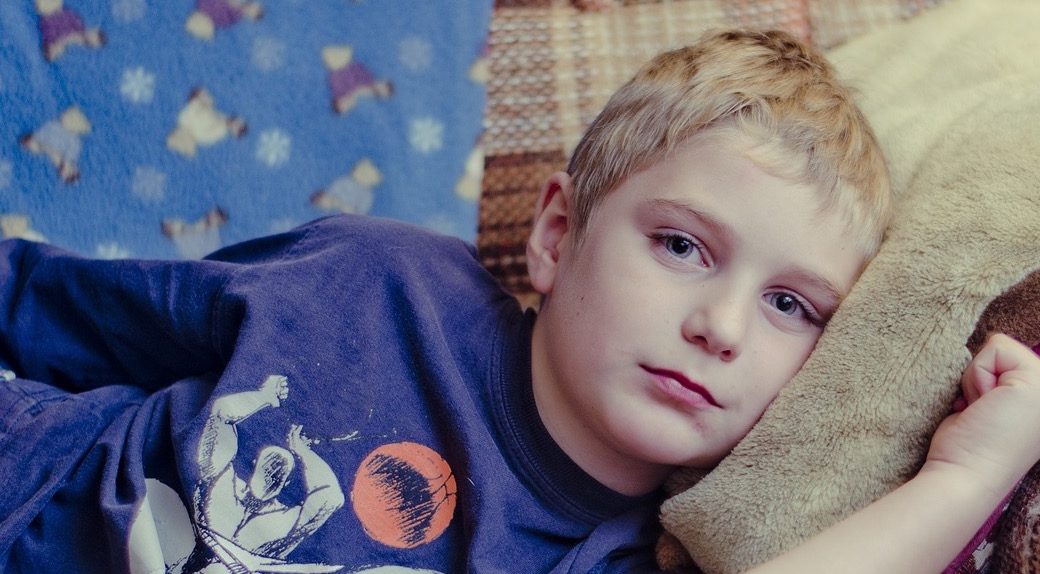
How Bad Is A 104 Degree Fever?
A high fever, such as one over 104 degrees, is not generally life threatening or an immediate need to rush to a doctor if you are an adult. High fever is actually thought by many doctors to be part of the healing process by which the body is expelling toxins to fight off the flu; the warmer the body gets, the faster it expels mucus and other toxins through the skin; nose, throat and anus.
Normal body temperatures range from 97 to 99 degrees. Cause for concern or need to call the doctor and have a visit is usually at 104 degrees or above, especially for children.
For children; having a fever of 104 of more could result in more serious problems or have an underlying cause not addressed.
How High Is Too High For A Fever?
102-103 is considered a normal ‘fever breaking’ temperature. When a fever gets to 104 or above, there could be an underlying cause outside of a normal fever and it may be time to go to a Family Medicine Doctor.
What Is Considered A Dangerous Fever?
When a body temperature gets to about 105, 106 or 107; or higher… whether you are an adult or not, if your fever gets to be 105 or over it is time to call a doctor and describe the symptoms you or your child is having. Over 106 it is time to go to the ER (Hospital Emergency Room).
When Should You Worry About A Fever?
If you are an adult, having a fever of up to 104 is considered usually to be a normal part of the healing process. For a child, anything over 103 might merit calling for a doctor visit but not an emergency. For an infant, anything over 100 degree might merit a phone call and/or visit with your Family Doctor.
When Should You Call A Doctor For A Fever In Children?
Some of the below statistics came from WebMD, for Fever Treatment In Children.
- You think the child needs medical attention.
- Younger than 3 months old with a rectal temperature of 100.4 F or higher.
- 3 to 6 months old with a temperature of 101 F or higher or has had any fever for more than one day.
- Older than 6 months and younger than a year with a temperature of 103 F or higher or has had any fever more than one day.
- 1 to 2 years old with a high fever lasting more than 24 hours.
- Any age with a temperature of 104 F or higher.
- Soft spot on the child’s skull is bulging.
- Vomits repeatedly or has severe diarrhea.
- Signs of dehydration, such as not wetting diapers, crying without tears, dry mouth or mucous membranes, or sunken soft spot.
- Fever triggers a seizure.
- Child has a fever and a rash.
- Child is at special risk for serious infections. This includes children with blood or immune disorders, or any child who has not received the routine immunizations.
About Our Whitefish Family Doctor
[imageframe lightbox=”no” style_type=”bottomshadow” bordercolor=”” bordersize=”10px” borderradius=”0″ stylecolor=”” align=”left” link=”” linktarget=”_self” animation_type=”0″ animation_direction=”down” animation_speed=”0.1″ class=”” id=””] [/imageframe]
[/imageframe]
Thomas J. Kane, a Whitefish Family Doctor at Whitefish Family Doctor, offers a special hands-on approach to patient care and does Osteopathic Manipulative Treatment (OMT), read about the difference here. He believes that all parts of the body work together; looking at the patient as a whole to reach a diagnosis rather than just treating the symptoms.
Here at Whitefish Family Doctor in Whitefish, we have one of the best Pediatric Physicians & staff around. Call us anytime.




Leave a Comment